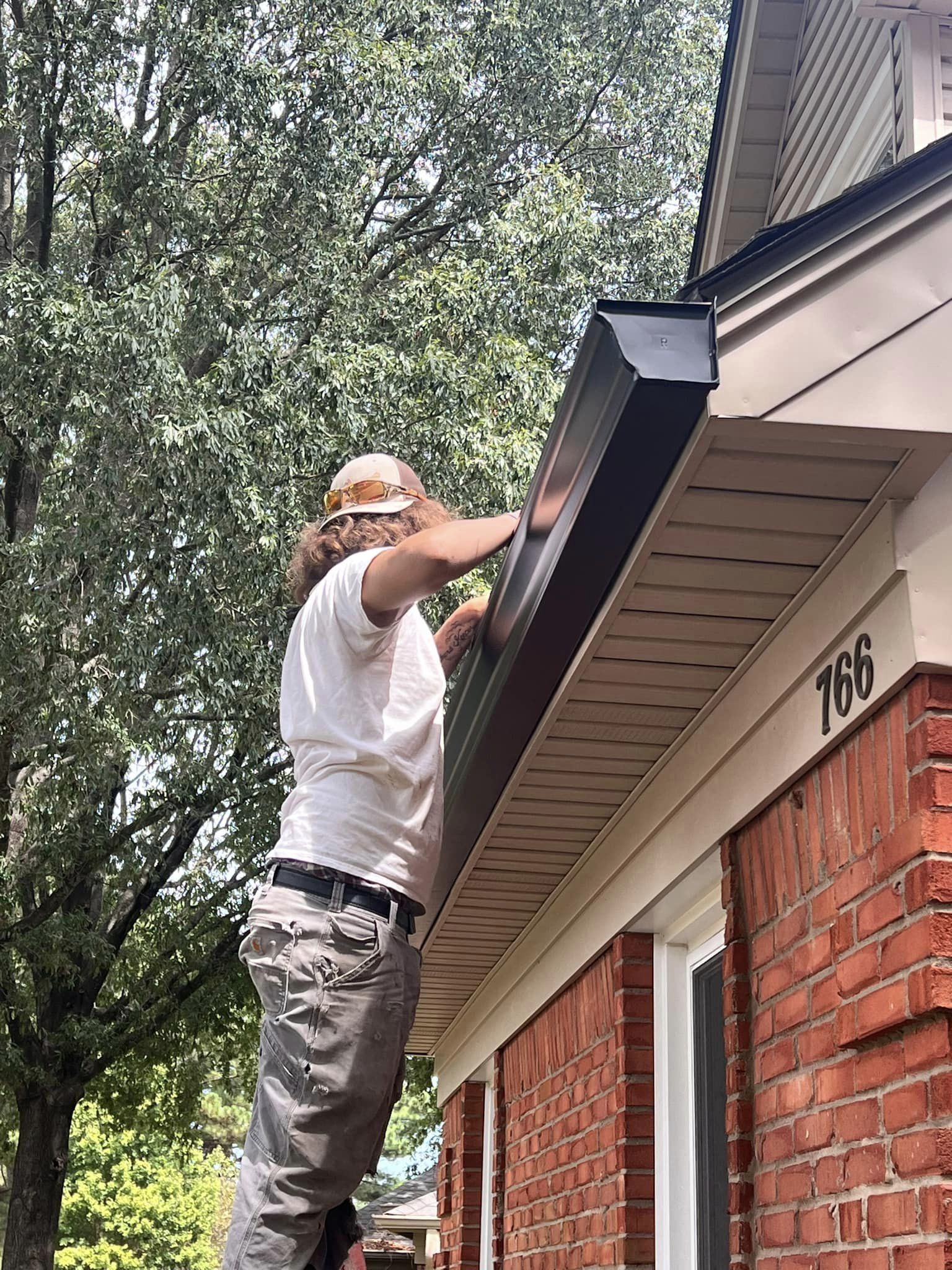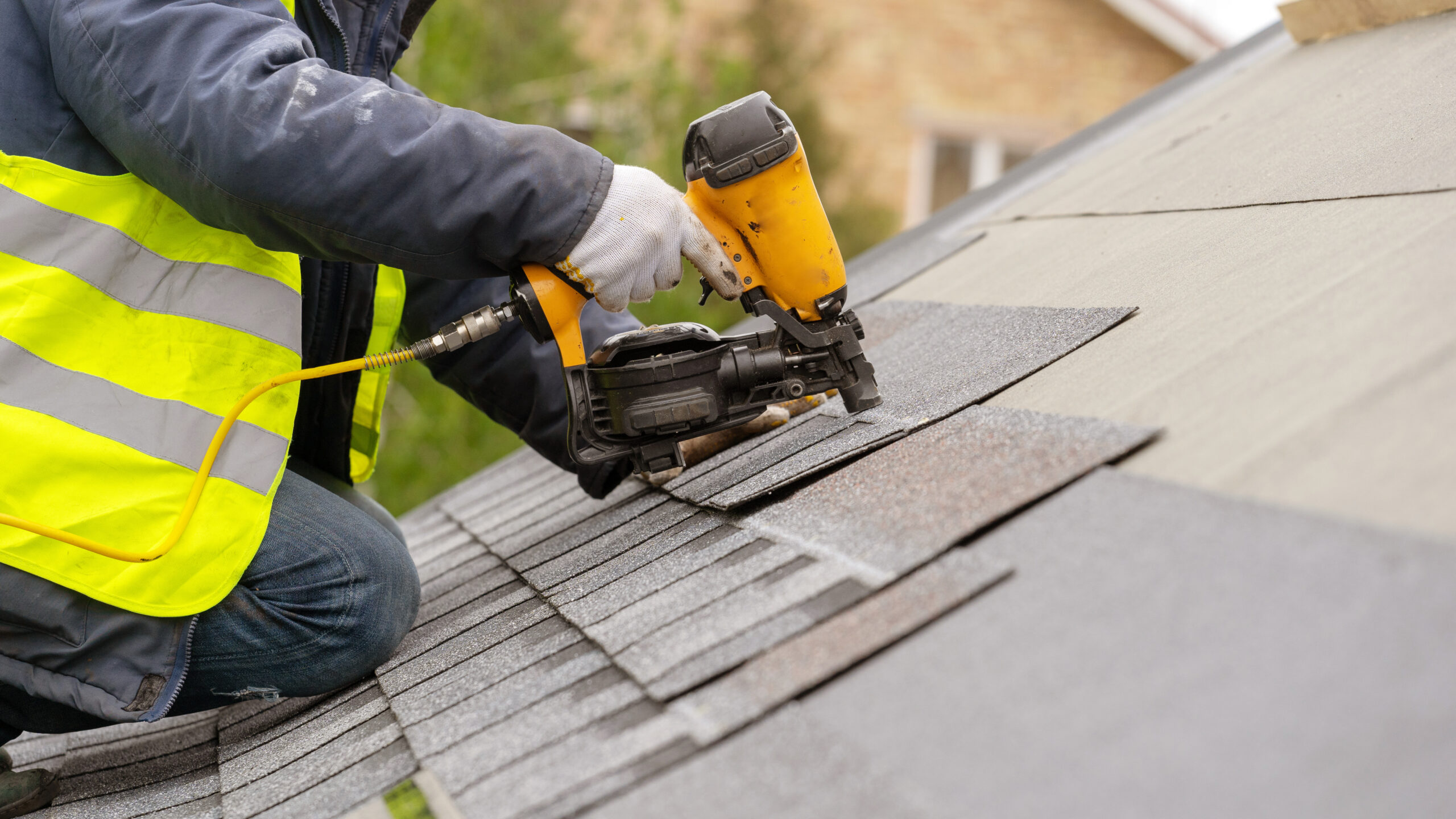Roof Replacement Solutions: Shield Your Home with a New Roof
Roof Replacement Solutions: Shield Your Home with a New Roof
Blog Article
Examining the Ideal Roof Covering Materials for Replacement: A Thorough Evaluation of Resilience, Expense, and Aesthetic Charm
Picking the best roof covering material for substitute entails a cautious analysis of a number of essential factors, including sturdiness, cost, and visual appeal. Each option offers special advantages and disadvantages; as an example, asphalt shingles are economical yet shorter-lived, while steel roofings promise durability at a higher investment. The visual effect of materials like clay ceramic tiles can not be neglected, regardless of their costs cost factor. Understanding just how these aspects connect can dramatically affect the decision-making process. As we discover these aspects additionally, the implications for your specific situation end up being increasingly essential.
Review of Roof Covering Products
As home owners progressively prioritize resilience and power efficiency, understanding the different roof covering materials readily available for replacement becomes crucial. The choice of roof products directly impacts not just the aesthetic appeal of a home however also its long-term efficiency and upkeep costs.
Among one of the most typical roofing products are asphalt tiles, steel roof covering, and ceramic tile. Asphalt tiles are favored for their cost and convenience of installment, making them a preferred option for several property applications. Steel roofing, which includes materials such as steel and light weight aluminum, offers remarkable longevity and power effectiveness, usually mirroring heat and reducing cooling prices. Tile roof covering, often made from clay or concrete, is prized for its longevity and visual allure, giving a distinct appearance that can enhance a home's worth.
In addition, newer materials such as synthetic roof shingles and green roof covering systems are obtaining grip. Artificial alternatives imitate typical products while giving boosted resilience and lower maintenance demands. Green roofings, which include plants, contribute to power performance and biodiversity.
Durability Analysis
When assessing roofing products for substitute, durability is an essential aspect that property owners need to consider. The life expectancy and strength of roof covering materials straight affect long-term maintenance and replacement costs. Numerous products show differing degrees of sturdiness, making it important to understand their efficiency under environmental stressors.
Asphalt roof shingles, while preferred for their cost-effectiveness, typically last 15 to thirty years and may require more frequent replacement due to wear and tear from UV direct exposure and severe weather. On the other hand, steel roof covering uses impressive sturdiness, with a life-span of 40 to 70 years and resistance to wind, fire, and bugs. Furthermore, clay and concrete tiles can withstand extreme problems, commonly outlasting 50 years, although their weight requires a durable structural support system.

Cost Comparison
Taking into consideration the financial implications of roofing materials is crucial for house owners intending a replacement. The cost of roof products can vary dramatically based upon factors such as material kind, installation complexity, and local pricing differences.
Asphalt roof shingles are amongst the most cost-effective choices, commonly ranging from $90 to $100 per square (100 from this source square feet), making them a popular selection for budget-conscious house owners. In contrast, steel roof can cost between $250 and $700 per square, relying on the kind of steel and coating selected. While metal roofings often tend to have a greater upfront price, their durability and power effectiveness may cause price savings in time.
Clay and concrete floor tiles are likewise on the greater end navigate here of the range, averaging between $300 and $600 per square. These materials provide sturdiness and aesthetic charm but require a considerable preliminary investment.
Last but not least, slate roofing, recognized for its exceptional sturdiness and ageless appearance, can vary from $600 to $1,500 per square, making it the most pricey choice. House owners need to weigh the preliminary costs against the expected life-span and maintenance demands of each product to make an educated decision.
Aesthetic Factors To Consider
Aesthetic considerations play a crucial role in selecting roof materials, as the roof considerably affects a home's overall appearance and aesthetic allure. Property owners typically look for products that match their building style and improve the visual allure of their residential property. The color, texture, and account of roof products can considerably affect the general aesthetic.
Materials such as asphalt shingles offer a variety of shades and styles, making them a popular option for domestic projects. On the other hand, steel roofing gives a streamlined, contemporary look and is available in many finishes that can match modern styles. Conventional alternatives like clay floor tiles or slate can evoke a timeless sophistication, interesting those that favor classic aesthetics.
House owners need to additionally take into consideration how the selected roof product interacts with all-natural light, as this can impact the roof's appearance throughout the day. Inevitably, choosing cosmetically pleasing roofing products requires cautious consideration of personal preference, building style, and the general vision for the home.
Final Recommendations
Choosing the ideal roof covering material can significantly boost a home's sturdiness and visual allure. roof replacement. Based on our analysis of sturdiness, cost, and aesthetic variables, we recommend 3 main options her latest blog for property owners thinking about a roof substitute
First of all, asphalt tiles continue to be the most preferred selection because of their cost and adaptability. They provide a great balance of cost-effectiveness and protection, making them suitable for most residential applications. Homeowners need to consider their long life, as they typically last 15 to 30 years.

Last but not least, for those seeking an upscale aesthetic, slate or ceramic tile roof uses unparalleled beauty and durability. These products come with a high cost tag, their life-span can go beyond 100 years, making them a worthy financial investment for deluxe homes.
Inevitably, the most effective option will certainly depend on specific spending plan, visual choices, and regional climate factors to consider. Property owners should talk to a roof professional to analyze their details demands.
Verdict
In conclusion, picking the proper roofing material demands a cautious evaluation of toughness, expense, and visual charm. Asphalt shingles offer a cost-effective service with moderate longevity, while steel roof covering succeeds in toughness and power effectiveness. Clay and concrete floor tiles, although more expensive, dramatically improve curb charm and hold up against serious climate conditions. Eventually, the choice should straighten with private budget plans, style choices, and local environment variables, highlighting the significance of expert examination for informed selections.
Report this page